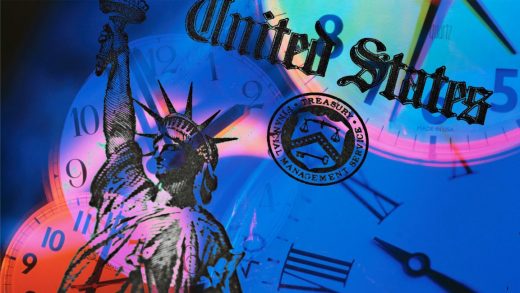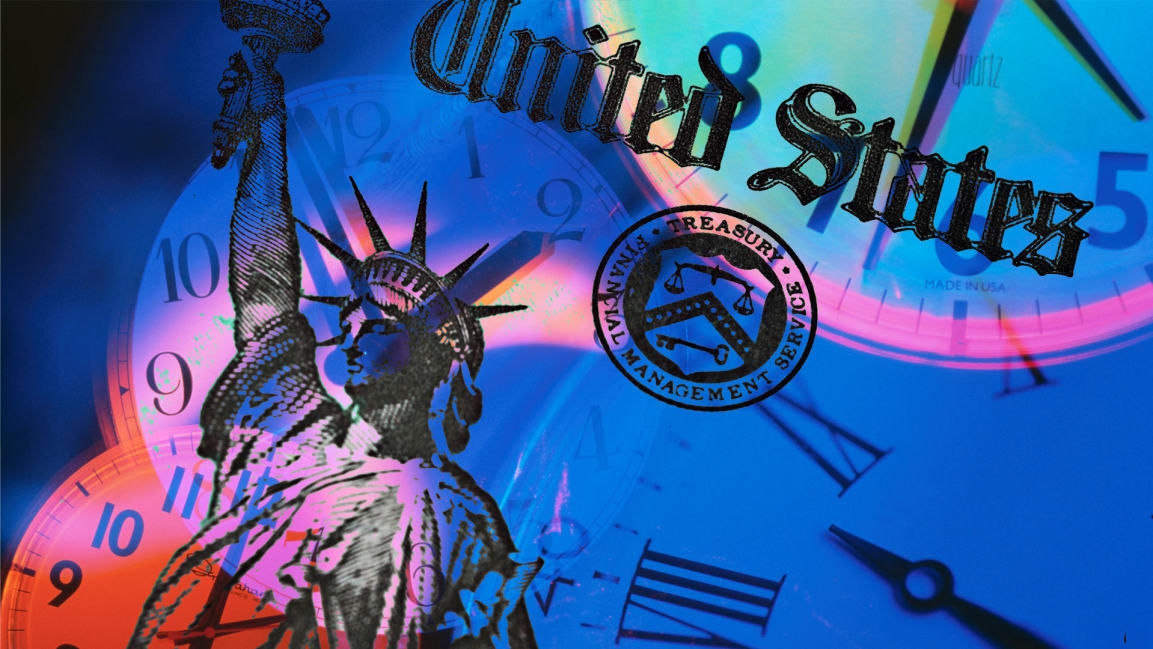IRS refund delays: Here’s why your check is taking so outrageously long if you filed a paper return
Wait, what if we just bought a scanner?
That’s the big solution being floated by the National Taxpayer Advocate this week in the wake of an ever-growing backlog of paper tax returns. According to the latest data, the Internal Revenue Service (IRS) is almost one full year behind in processing paper returns—an intractable situation that has resulted in untold millions of delays, often affecting refunds for the very taxpayers who need them most.
According to a blog post by the advocate on Tuesday, every single digit of every single paper return has to be input by hand, using a keyboard and a real human being, in a workplace scenario reminiscent of Mad Men. “The IRS’s submission processing function today evokes images of what data transcription looked like in the 1960s,” the post reads.
What if things were different, though? The Taxpayer Advocate Service (TAS)—which is the consumer-focused office within the IRS—points out that the technology to scan and automatically input this information already exists. In fact, two types of technology could potentially help remedy the agency’s immense logjam.
The first is called optical character recognition, or OCR, which is exactly what it sounds like. OCR technology would let the IRS “machine read” returns, even paper ones, thereby dramatically reducing the need for manual inputs. As the TAS points out, the technology is not perfect—for instance, your handwritten sixes might look like zeros and vice versa—but then, neither are humans. Truth be told, IRS humans made transcription errors on a surprising 22% of returns last year, according to the blog post.
The other scanning tech that could come in handy is the kind that produces barcodes. You know those! Retail stores have been using them for decades. Theoretically, barcodes could speed up the process because tax preparation services could incorporate them into their software. Actually, it’s not even theoretical because many states already use barcode technology on tax returns. But the federal government doesn’t use them for standard tax forms, despite the fact that the TAS says it recommended barcodes as a solution 20 years ago.
You might ask yourself why, if this solution was suggested so long ago, has no one implemented it. The blog post goes into some pretty good detail about how the IRS, Congress, and everyone else just keeps dropping the ball on this issue. In short, the TAS can only recommend changes at the IRS. It takes funding and political will and cooperation to implement those changes and, well . . . you know how that goes.
The good news is, the National Taxpayer Advocate issued a directive on Tuesday directing the IRS to work with tax preparers to get a barcode system up and running by the next tax season. It also wants an OCR system by the season after next season, at the latest. Again, this doesn’t mean it will actually happen. The IRS could rescind or modify the directive, but it would have to provide a reason why, and the TAS could even appeal that decision. At the very least, this all sounds like a pretty good start.
Check out the full post here—and let’s hope someone is listening this time.
(41)



